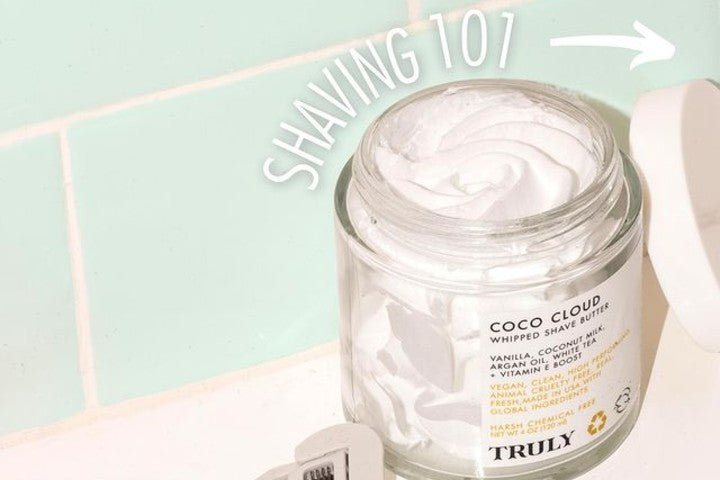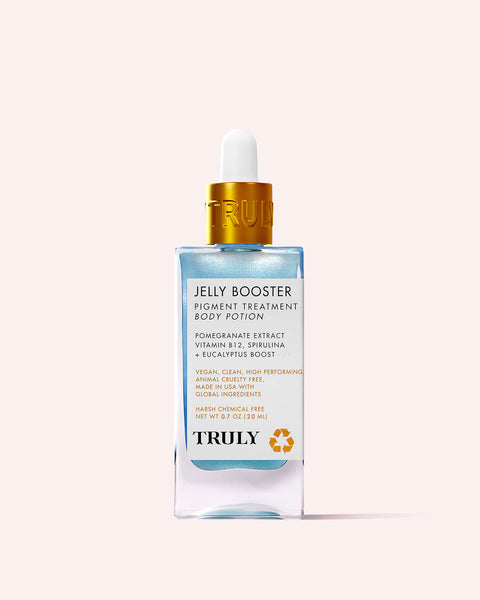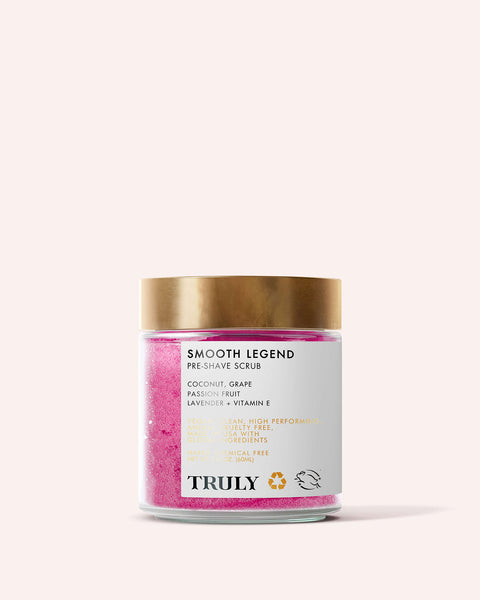Why Shaving Your Face Might Change Your Life?

Models, influencers, and makeup artists swear by shaving their faces for the most flawless makeup application. It’s nothing new. Apparently, even Marilyn Monroe was a fan of it.
Besides making your foundation look better, shaving your face can also exfoliate your skin’s top layer, boost circulation in the face, and enhance product penetration.
When it comes to face shaving, many of us hold a lot of concern over how the shaved hairs will grow back. But according to the experts, your shaved hair may grow back coarser, but you don’t have to worry about ending up with a beard.
Let’s find out everything about face shaving and how to do it yourself for the best results.
THE BENEFITS OF FACE SHAVING
Do you need to shave your face? No. Are there benefits to shaving your face? Absolutely!
Of course, you will need to be realistic about the results. You’re not going to get the deep exfoliation you’d get from an in-office peel or high-quality exfoliating product. However, it can be a beneficial part of your routine.
“The main benefit of facial shaving for women is safely removing facial hair,” says NYC dermatologist Dr. Eric Schweiger, CEO and Chief Medical Officer of Schweiger Dermatology Group. In other words, some women like to get rid of peach fuzz on their face for a nice smooth feeling post-shave.
Saying that, it can also make your skincare products work harder. So, if you like splurging on fancy creams and serums, shaving your skin might just boost their benefits even more.
“Shaving the fine hairs on the face can help with the absorption and penetration of the skincare products you use,” says Dr. Schweiger. “There is some exfoliation benefit, but it’s hard to say exactly how much.”
Experts also say face shaving makes makeup look better.
“It removes vellus hairs (a.k.a. ‘peach fuzz’), giving you a smoother appearance, which allows for makeup to apply smoother,” says skincare pro Joshua Zeichner. He also adds that shaving could be a great way to give yourself a mini peel. “By creating microscopic damage to the skin and allowing the skin to heal, shaving may help promote collagen production, similar to the way a superficial peel works,” he says.
HOW TO SHAVE YOUR FACE PROPERLY?
As you can see, there are a lot of benefits to shaving your face. But how exactly do you tackle those little hairs on your cheeks or upper lip? Here’s the best way to do it.
- Exfoliate Your Face
Exfoliating should always be carried out before shaving your face. Dead skin cells can clog your hair follicles, which can lead to ingrown hairs. By removing dead skin cells, you’ll be able to ensure your hair follicle is in perfect condition for hair removal and allow for normal hair growth post-shave.
Instead of using harsh scrubs, opt for a gentle exfoliator formulated with ingredients like alpha hydroxy acids and beta hydroxy acids. These exfoliate the skin by boosting cell turnover. Glycolic acid, salicylic acid, and lactic acid are great choices.
We recommend Truly’s CBD Jelly Toning Solution which contains the alpha hydroxy acid glycolic acid.
- Slather on Shaving Cream
Next up, shaving cream. You should never shave your face without applying shaving cream first. This provides a nice, slippy base to prevent razor burn and ingrowns.
Let it sit for a minute or two to soften the hair before shaving. Having soft skin and soft hair will lessen friction between the skin and your razor, thus eliminating irritation. Don’t settle for a bar of soap. Invest in a nourishing shaving cream like Truly’s Coco Cloud Whipped Luxury Shave Butter.
- Use a Clean Razor
“It can be done at home if you have do it with care, and maintain pre and post-care,” says Dr. Batul Patel, medical director at Bombay Skin Clinic.
Begin with a new, clean razor – preferably one designed for the face – that hasn’t been used on any other body part.
Holding your face taut, shave with small, clean strokes with the grain of the hair for a super smooth shave. Using the proper face shaving technique will reduce any risk of ingrown hair.
“Do not use hot water on your face after shaving, and opt for a disinfectant and a moisturiser after to avoid any irritation. If there are any cuts, use an antibiotic cream immediately,” Dr. Patel warns.
- Moisturize
You’re nearly close to the end, but you’re not finished just yet. To complete a nice, close shave, make sure you always follow up with a hydrating moisturizer. Shaving disrupts the film that protects the skin’s surface, which can cause dryness, redness, and burning. That’s why you’ll need to provide a thick layer of moisturizer to your face after shaving to keep your skin soft, smooth and soothed.
We recommend Truly’s Cream Skin Face Moisturizer.
WHO SHOULDN’T SHAVE THEIR FACE?
While shaving your face offers many benefits like maximizing your product’s penetration and improving makeup application, some people are advised against this beauty trend.
“I advise patients with active acne to wait until the acne has resolved or improved before they shave. Shaving over active acne lesions can cut or inflame the skin and risk infection,” says skincare expert Dr. Debbie Palmer.
If you have visible hair growth due to hormonal issues, it’s better to get rid of hair through laser treatment rather than shaving it off, since shaving thick, coarse hair can lead to ingrown hair and discoloration.
If you’re looking for an easy way to remove facial hair without enduring painful waxing sessions, you should definitely give facial shaving a try. As you can see, there are many benefits for your skin. From providing gentle exfoliation to making your skincare products work harder to giving you super soft skin, face shaving is an effective hair removal technique.
Just please be sure you’re shaving your face because you want to, not to meet up to beauty standards. The choice is 100% yours.
























































